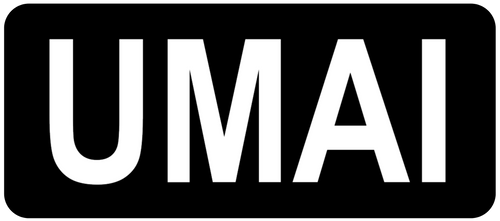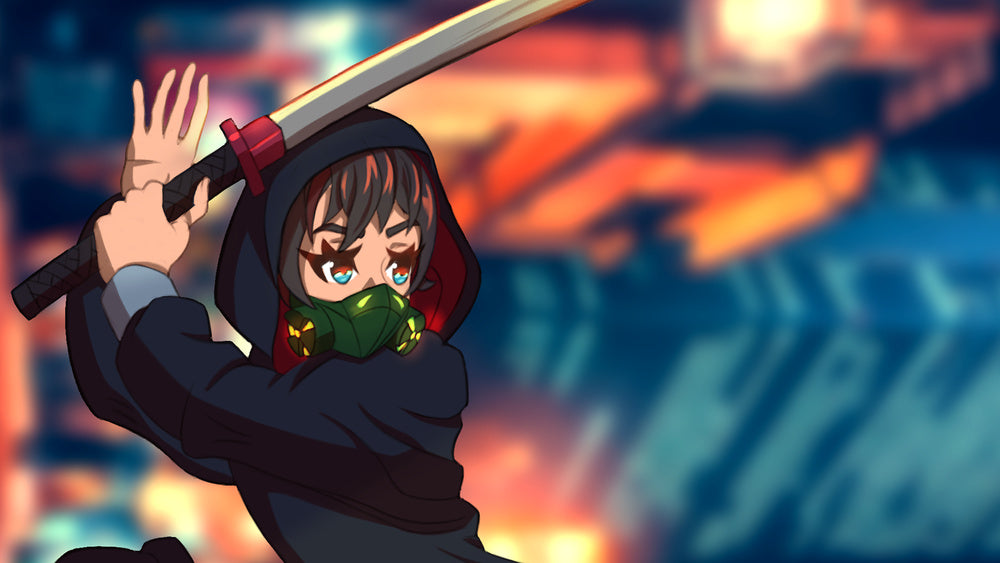Quarter Turning What Is It and Why Is It Done with T-Shirts

Have you ever noticed that some T-shirts are described as being quarter turned? If so, do you know what it means? Quarter turning is a common practice in T-shirt manufacturing. It is not widely understood by the general public. Unfortunately, none of the explanations you find online tell the whole story.
Things like quarter turning and shoulder-to-shoulder taping create a higher-quality garment. You can get cheap, $5.00 T-shirts that are neither quarter turned nor taped. But you get what you pay for. If you are willing to spend a little bit extra, you can get a T-shirt intentionally designed to last a long time. Quarter turning is a representation of that.
Knit In Tubes
The starting place for understanding quarter turning is how T-shirt fabric is manufactured. It is knit, not woven. Furthermore, manufacturers knit T-shirt fabric in long tubes. They do this to make it possible to create T-shirts without side seams. But the material must be cut to accommodate the neck and sleeves.
Prior to shipping, finished T-shirt material is flattened and rolled. This creates creases on the edges. Normally, you expect to wash that material and, in so doing, remove the creases. But material that has remained flat for some time can retain even a slight crease after washing. And if that's the case, a T-shirt would not hang off the shoulders properly.
To solve this problem, T-shirt manufacturers turn the material one-quarter turn before making the cuts for the neck and sleeves. What does that mean?
Just Rotate It
Imagine a long tube of T-shirt fabric loaded onto a mill at a factory. Sections are cut to create individual T-shirts. Those sections are then put on smaller mills where they will be cut to accommodate the neck and sleeves. Prior to these secondary cuts, the mill is actually rotated one quarter turn. Cuts for the sleeves are made on top and bottom.
When you take the material off the mill, any remaining creases appear on the sides of the shirt. They run down from the underarms. If the fabric retains any creasing, it appears on the sides rather than the front or back. The shirt will still lay correctly, and the creases will be nearly unnoticeable.
T-Shirts with Side Seams
Turning T-shirt material on the mill is reserved for making T-shirts without side seams. You essentially get a one-piece shirt that should last longer and look neater. When you are talking shirts with side seams though, turning really isn't a thing. Why? Because the manufacturer utilizes flat pieces of fabric rather than a tube.
Does this mean a T-shirt without side seams is inferior? Not at all. Seamless T-shirts are considered higher-quality garments because of their single piece construction. They require a bit more effort to manufacture, and the lack of seams reduces failure points. But you can still find high quality T-shirts made with seams. Seams are not the be-all and end-all of quality.
You will Love Our T-Shirts
Now that you know what quarter turning is all about, we invite you to check out all our anime T-shirts. We think you will love them. We put our original anime artwork only on high quality garments we are willing to wear ourselves. This includes quarter turned T-shirts and T-shirts made with shoulder-to-shoulder taping.
Both quarter turning and taping are practices designed to increase garment quality. If you are willing to pay a little bit more for a high-quality T-shirt, look for one that offers both. You will find that it is well constructed and more than capable of providing years of reliable service.
- Tags: anime tshirts apparel clothing



